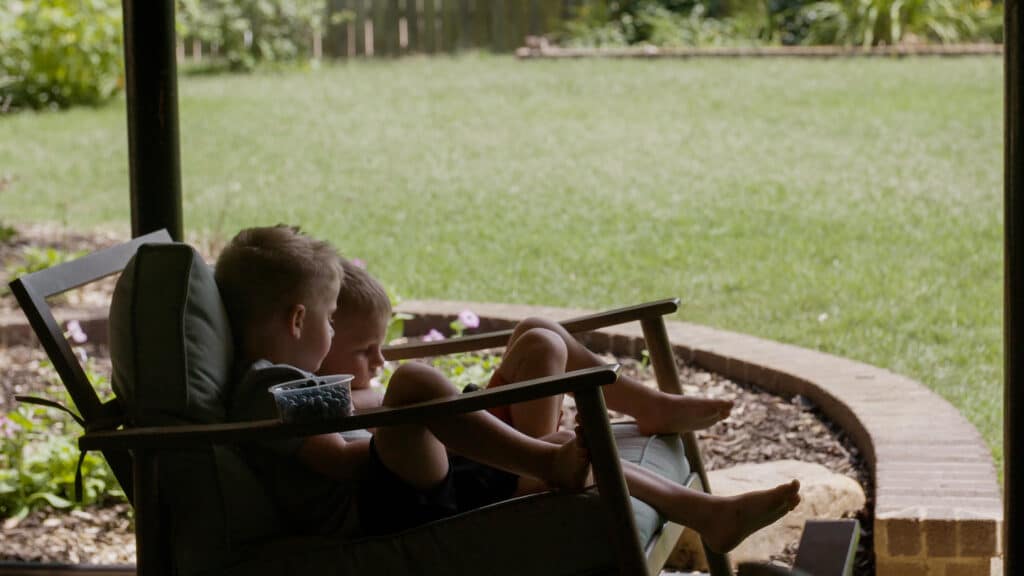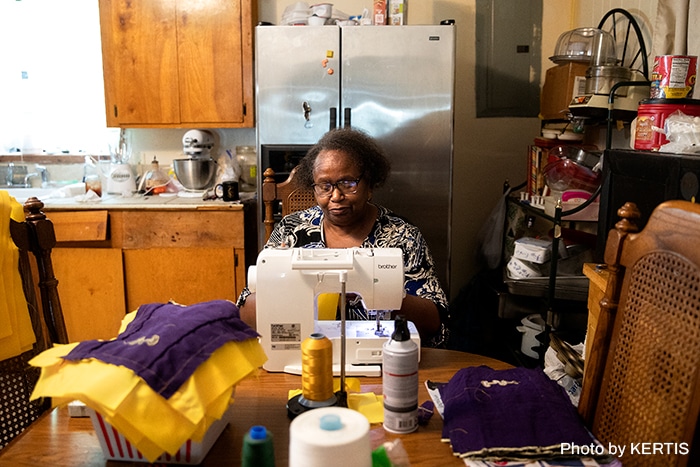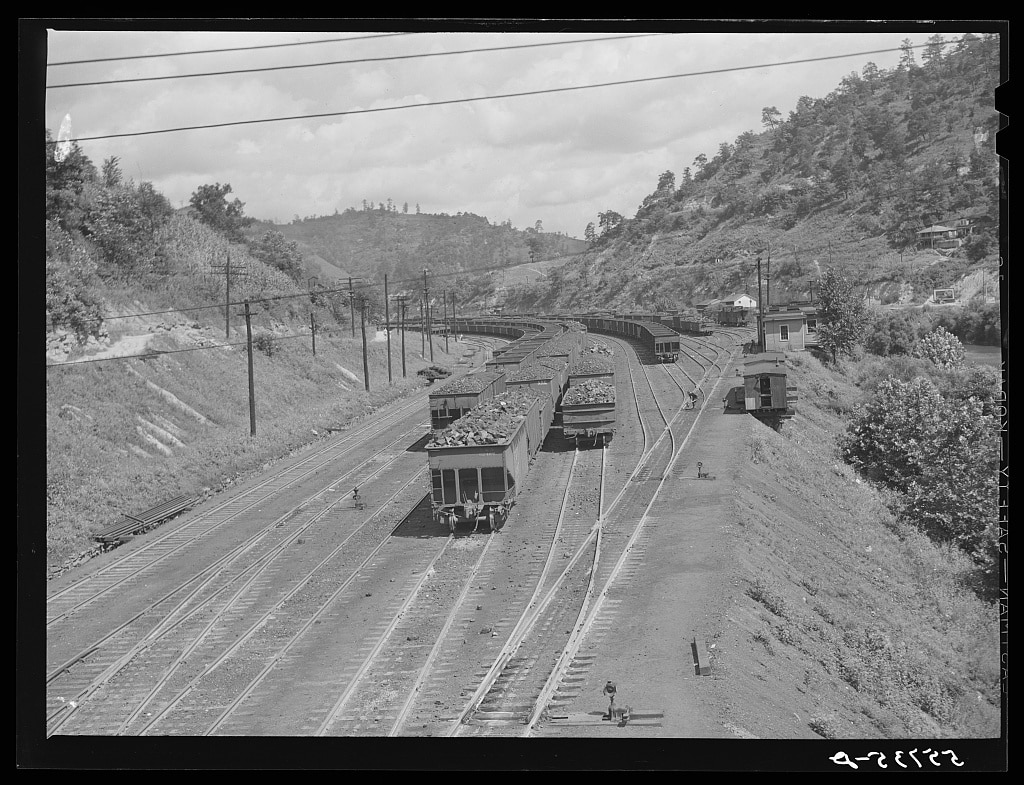Where We Call Home
The U.S. Census Bureau officially classifies “urban” areas as densely developed territories that encompass residential, commercial, and other non-residential urban land uses. “Rural” is simply defined as any population, housing, or territory NOT in an urban area. In other words, rural America is regarded as Everything Else.
So if it feels as though rural places are often written off as isolated, irrelevant, or invisible, perhaps that’s no accident. Official classifications are necessary, but they can also be tricky.
Today over
56 million people call rural America home.
Neither urban nor rural places exist in isolation. Everyday connections between people, places, and things are – and have been – vital for making all of urban, suburban, and rural America livable.
However, such connections have often produced inequities. Time and again material things – as well as the economic wealth derived from those things – flowed to cities with little or nothing in return. The cotton essential for the growth of modern Boston depended on the enslavement of people in the Mississippi Delta for agricultural production, while the coal essential for the growth of New York City depended on the exploitation of people in Appalachia for energy production. Ruined landscapes, crumbling or non-existent infrastructures, and impoverished communities exist as painful reminders.
Library of Congress
Today poverty has proven to be persistent in the United States. So much so, that the term persistent poverty is now used to describe U.S. counties/parishes where the poverty rate has surpassed 20% for three decades in a row.
There are currently 395 counties designated as persistently impoverished in the United States.
Eight out of ten are rural.
So if it feels as though rural places are simply written off as poor, empty, or backwards, that too is no accident.
People and places aren't impoverished by nature. Rather, persistent poverty is a result of policy choices made by people. When policies continually underinvest and disinvest in some places, the people who live there are often excluded from access to the most basic modern necessities like livable wages, reliable electricity, affordable housing, affordable healthcare, internet access, healthy food, dependable transportation, and safe water systems. This amounts to what we at Partners for Rural Transformation (PRT) call structural exclusion. Moreover, the majority (60%) of people living in persistently impoverished counties today identify as people of color, revealing the often racialized manner in which structural exclusion occurs throughout the United States.
These statistics reflect the way things are, but we know that’s not how it has to be. For decades Community Development Financial Institutions (CDFIs) in some of the most economically impoverished regions of the country have addressed the needs of rural people and places. Yet despite evidence of success, federal, philanthropic, and private financial investment in rural America dramatically lags behind other places. That’s why at PRT we’re challenging dominant narratives about rural places to strategically increase capital investment, improve civic engagement, and strengthen local capacity in the rural places where we live and work.
Rural America is a rich tapestry filled with as much diversity as the lands we all share. At PRT, we believe in amplifying the voices of those who weave that tapestry every day. For if we listen, we may find they call into question the many ways that rural America is persistently written off in the hearts and minds of many today.



The stories we tell shape how we feel, think, and act. Regardless of where we call home, the narratives we accept shape who, what, and where we value.
Every one of these stories is connected, all marked by decades of structural exclusion and remarkable resilience in the face of persistent impoverishment. They’re stories of entangled relations and unexpected collaborations.
They’re the stories of where we call home.





